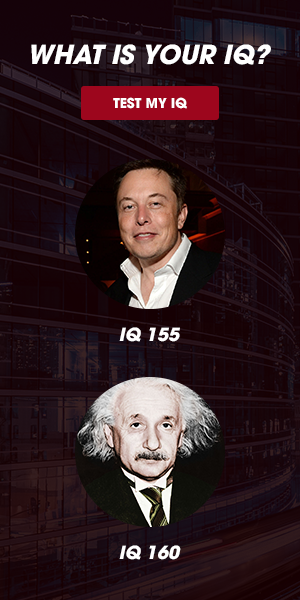Take a free pre-employment intelligence test (P.1)
This pre-employment intelligence test is only a short example of a real numerical reasoning test. This test is divided into 2 parts, each part includes 4 questions.
4 Question for the pre-employment intelligence testing
Question 1:
A magician bought a rabbit for $60 and a pigeon for $70. How much is the pigeon more expensive than the rabbit in percentage?
- 10%;
- 12.5%;
- 16.66%;
- 17.8%.
Assuming that unit sales in August, October and November were 600 for all branches, which of the following was the closet to its sales target?
- Rome;
- Prague;
- London;
- Munich;
- Bangkok.
An investment group has decided to purchase all of the senior – citizen houses offered by one of the two companies. Which of the following options is correct?
- IM-House is the most expensive deal, by $10,400,000;
- Home-Aid is the most expensive deal, by $10,400,000;
- Both deals would cost the same;
- Home-Aid is the least expensive deal, by $5,700,000;
- IM-House is the least expensive deal, by $7,800,000.
What is the ratio between the highest and the lowest selling price, assuming that the factories are selling only one product?
- 2 : 1;
- 7 : 2;
- 15 : 8;
- 11 : 2;
- 13 : 5.
Answers for the pre-employment intelligence testing
Question 1: CThe difference between the pigeon’s and the rabbit’s prices is $70 - $60 = %10. A $10 difference between $60 and $70 represents a $10/$60 or 1/6 or 16.66% increase from $60.
Question 2: D
To answer this question, we need to calculate the total amount of sales for the months we know the actual monthly sales (e.g. July, September and December), and add the 600 sales for the other three months. From this we can find the one with best proximity to the target. Rome: 175 + 270 + 125 + 600 = 1,170, which was 190 more than its target. Prague: 125 + 180 + 225 + 600 = 1,130, which was 390 more than its target. London: 405 + 210 + 205 + 600 = 1,420, which was 20 more than its target. Munich: 325 + 250 + 125 + 600 = 1,300, which was right on the target, and also the correct answer. Bangkok: 225 + 120 + 325 + 600 = 1,270, which was 310 more than its target.
Question 3: B
To find the more expensive deal, we must calculate the total cost of the purchases for both businesses. Home Aid offers 220 houses for $520,000 each, a total value of $114,400,000. IM-House offers 260 houses for $400,000 each, for a total of $104,000,000. From this, we can see that the Home-Aid deal would be the most expensive, and the difference in cost is $10,400,000.
Question 4: C
Selling price per factory is calculated using the annual sales divided by the number of good products sold (faulty products are not sold, hence need to be disregarded when calculating the number of products sold). Therefore, the selling price in factory 1 is 14.432 million / (943 – 41) = 16,000 dollars. The selling price in factory 2 is 18.48 million / (616 – 9) = 30,000 dollars. The selling price in factory 3 is 16.422 million / (714 – 15) = 23,000 dollars. The selling price in factory 4 is 22.94 million / (1245 – 98) = 20,000 dollars. Hence, the highest selling price is 30,000 dollars and the lowest price is 16,000 dollars. The ratio between these prices is 30,000:16,000, or 30:16, or 15:8.
Take a free pre-employment intelligence test with answers (p.2) here
Maybe you are interested
What does an iq of 200 mean?
What does an iq of 194 mean?
what does an iq of 190 mean?
What does an iq of 116 mean?
What does an IQ of 112 mean?
what does an IQ of 108 mean




